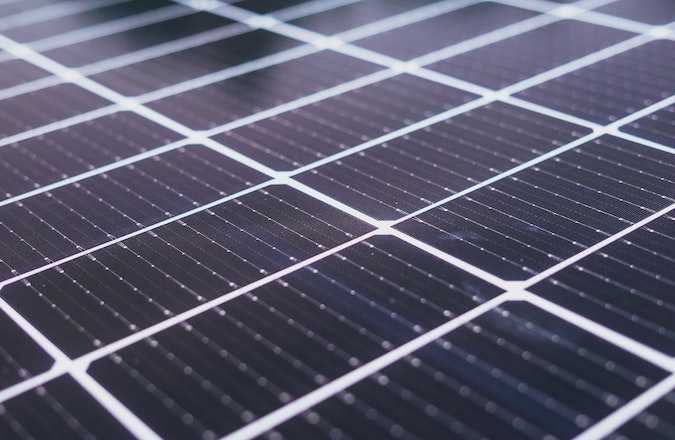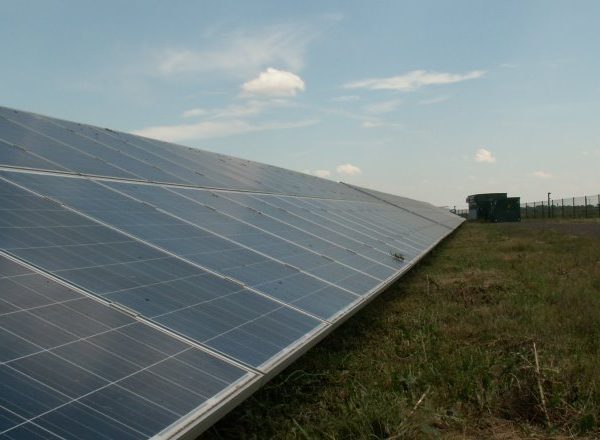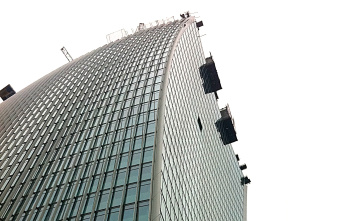The share of renewable energy used to generate electricity from solar power, globally, increased from 1.09% to 3.27% between 2015 and 2021 [1]. It comes as no surprise that companies want to capitalise on this and develop more methods of renewable energy to adapt to this increase.
In 2015, the Hungarian company PLATIO developed the idea of solar pavers and launched mass production in 2019, fitting into the growing market of solar powered energy. Their goal is to ‘offer renewable energy source for cities, buildings, homes and ports, paving the way to a greener future’ [2]. To date they have an international reseller network of 37 countries and have recycled 32 tons of plastic (and counting).
What Are Solar Panel Pavements?
The PLATIO solar panel pavement model uses plastic that cannot be recycled in other ways to form the paving blocks; 1m2 contains the equivalent recycled plastic of 400 PET bottles [2]. The solar technology is mounted on top of the paving blocks and this is then fitted in replacement of ordinary pavement.
Figure 1: Close-up photo of a solar panel.
How Do They Work?
The solar panels collect the solar energy that is radiated onto their surface and, in turn, transfer this to electrical energy, to be used for purposes such as powering households; 20m2 of the pavement produces the yearly average electric energy need of a household [2].
The panels are low-voltage to ensure safety to pedestrians and the technology implemented includes non-slip and highly resistant surfaces.[2]
Are They Sustainable?
Although these solar pavements are coined as the new future for sustainable living, are they really as sustainable as they are made out to be?
The paving blocks have a 100 year lifetime, which is a 100% increase on the lifetime of a normal paving block. Furthermore, PLATIO claim these blocks to be 95% recyclable by the end of their life, and these materials are then recycled back into the chain of production, creating a circular pathway of selling.[2]
Are They Beneficial?
The introduction of the panels also sparks the discussion of whether they are beneficial to daily life.
The pavements are designed to be space-saving and can be used in unconventional spaces. In areas where it is not possible for large solar farms to be installed, public and private companies can use these paving blocks as a method of receiving cleaner energy, when it might not have been otherwise possible.
By providing a more conventional means to using solar panels, this may result in an increase in the number of individuals relying on solar energy, which has benefits such as a larger decrease in the emission of greenhouse gases and reduction in the amount of water needed to produce electrical energy. In addition to the widely known advantages of solar energy, these pavers will help reduce plastic waste significantly by incorporating it into their design.
Although PLATIO claims the life of the pavements is 100 years, is this dependant on the traffic that crosses them? The more individuals that use these pavements, the more wear and tear the panels will suffer, will this result in a reduction to the lifetime of the paving block? In addition, the panels would lay flat to the ground and would not be orientated at the optimum angle to receive solar reflections and the increased number of people using the pavement would result in the panels being prone to shading, thus the amount of sunlight actually received would be significantly reduced.
Furthermore, will the cost of these pavers reduce the market they are available to and counter the goal of increasing the use of renewable energy? These are all questions that must be considered when determining whether this idealistic product is able to provide the solution that results in an increase in the production of cleaner energy.
Future Developments
Solar panel technology is becoming increasingly popular to fit the societal demand of a world with cleaner energy, so it is clear to see why this development has already become so prominent.
Is it possible that these paving blocks will be developed further to be used on roads as well as pavements? The pavements are already designed to withstand the weight of a ‘heavy truck’, so it would not be surprising if this technology was soon ready to be adapted to bear the weight of all vehicles.
Conclusion
In summary, whilst this technology provides an idealistic solution to the problems solar farms face, in terms of space and terrain, it may be a more commercialised product and less practical in application. There are a significant number of limits to the technology that should be considered before relying on this product and it may not provide results in line with costs associated with installation and upkeep.
About Pager Power
Pager Power undertakes technical assessments for developers of renewable energy projects and tall buildings. For more information about what we do, please get in touch.
References
[1] https://ourworldindata.org/renewable-energy accessed 10/11/2022
[2] https://platiosolar.com/rolunk/ accessed 10/11/2022
[3]Los Muertos Crew (July 2021) on Pexels.com. Last accessed 13th November. Available at: https://www.pexels.com/photo/close-up-photo-of-a-solar-panel-8853509/




